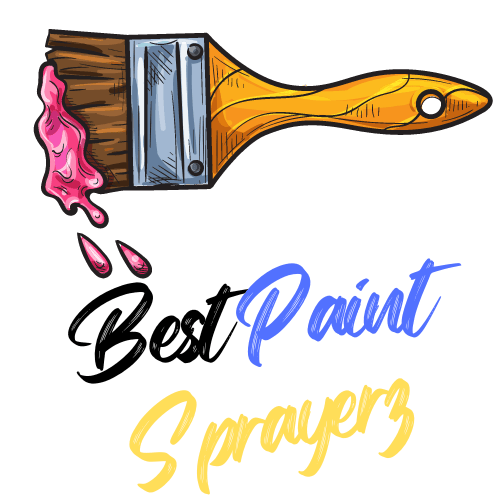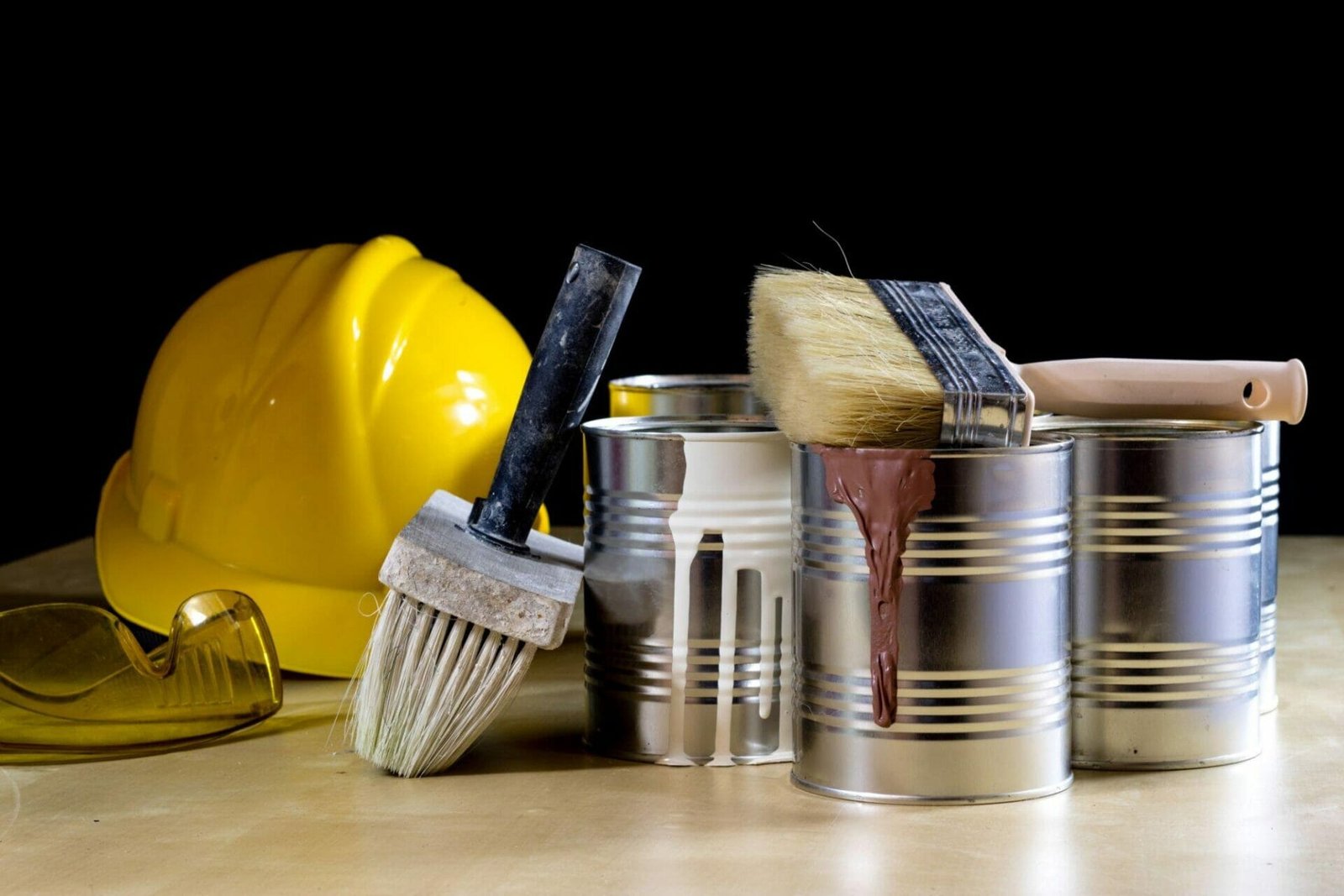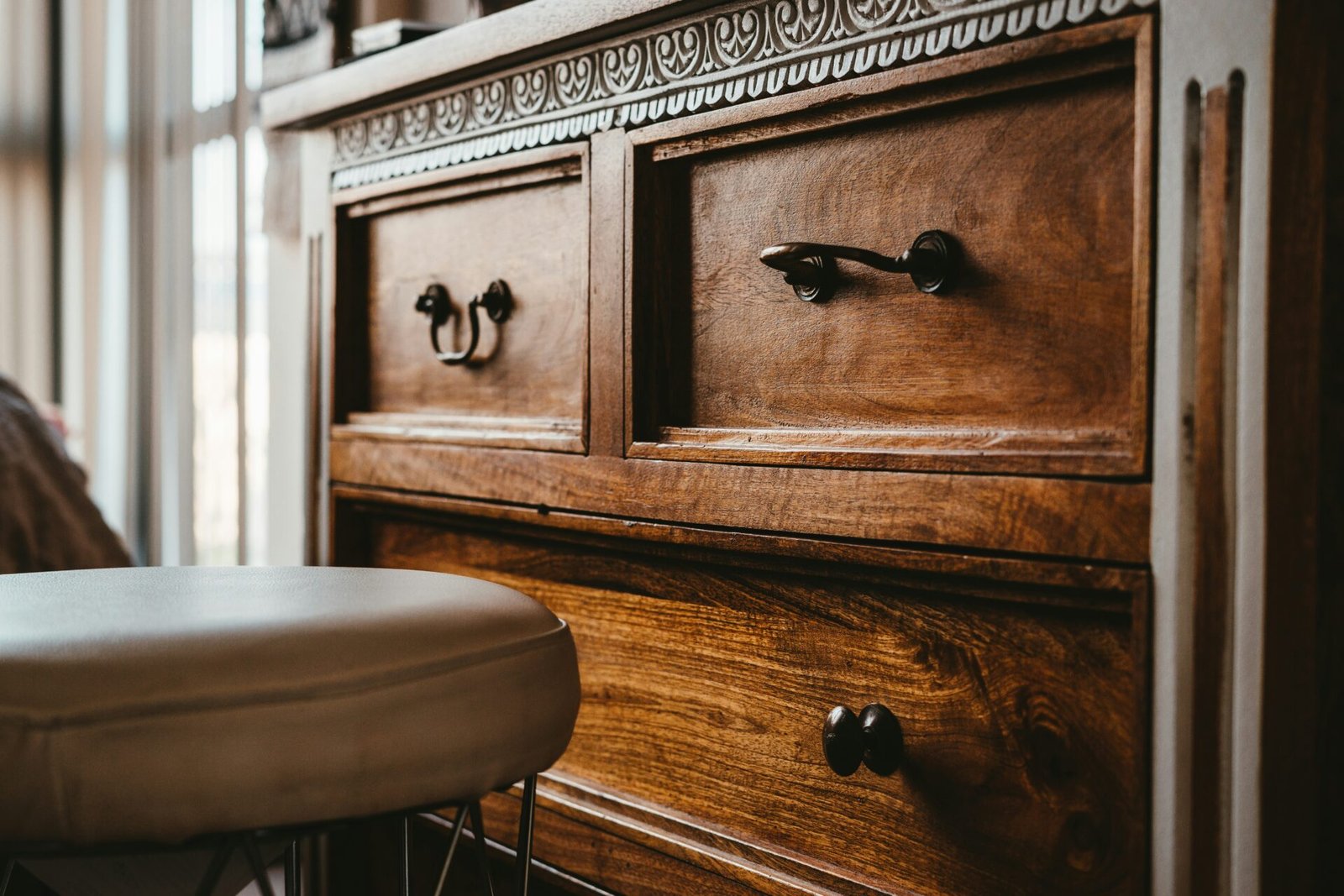Learn how to paint over oil based paint without sanding and achieve a smooth and flawless finish. Follow our step-by-step guide to make your painting project hassle-free and time-efficient.
Are you planning to paint over your old oil-based paint but dreading the sanding process? Worry not! With the right tools and techniques, you can easily paint over oil-based paint without sanding and achieve a professional-looking finish.
Whether you’re repainting your furniture, cabinets, or walls, our step-by-step guide will help you achieve a smooth and flawless finish without spending hours on sanding. So, let’s dive in and learn how to paint over oil-based paint without sanding.
1. Introduction: Why You Should Consider Painting Over Oil-Based Paint Without Sanding
If you’re looking to give your walls a fresh coat of paint, you may be wondering if you need to sand down the existing oil-based paint first. While sanding is often recommended, it’s not always necessary. In fact, there are several reasons why you should consider painting over oil-based paint without sanding.
Firstly, sanding can be a messy and time-consuming process. It creates a lot of dust and debris that can be difficult to clean up. By skipping the sanding step, you can save yourself a lot of hassle and get the job done more quickly.
Secondly, painting over oil-based paint without sanding is actually possible thanks to modern paint formulas. There are now many high-quality latex paints that are designed to adhere to oil-based surfaces without the need for sanding.
Finally, painting over oil-based paint without sanding can also help to preserve the original texture and character of your walls. Sanding can remove some of the surface texture, leaving your walls looking flat and uninteresting. By painting directly over the existing paint, you can maintain the unique character of your walls.
Read Also: Best Paint Sprayer For Oil Based Paint
Preparing the Surface: Cleaning and Priming
When it comes to painting your walls, the first step is preparing the surface. This includes cleaning and priming the walls before you start painting. By doing this, you can ensure that your paint job will look smooth and even and will last for a long time.
To start, you should clean the walls thoroughly. This means wiping them down with a damp cloth to remove any dust, dirt, or grime. If there are any stains or marks on the walls, you may need to use a cleaner to remove them.
Once the walls are clean, you can start priming. Primer is a special type of paint that helps the topcoat adhere better to the surface. It also helps to cover up any imperfections in the wall, such as small cracks or holes.
When choosing a primer, make sure to pick one that is appropriate for the type of surface you are painting. For example, if you are painting over a glossy surface, you will need a primer that is specifically designed for that.
Overall, taking the time to properly prepare the surface before painting can make a big difference in the final result. By cleaning and priming the walls, you can ensure that your paint job will look great and last for years to come.
3. Choosing the Right Paint: Water-Based vs. Oil-Based
When it comes to painting your home, choosing the right type of paint can be a difficult decision. There are two main types of paint: water-based and oil-based. Each type has its own advantages and disadvantages, so it’s important to understand the differences between them before making a decision.
Water-based paint, also known as latex paint, is the most popular type of paint. It is easy to clean up with soap and water, dries quickly, and has a low odor. It is also more environmentally friendly than oil-based paint because it contains fewer VOCs (volatile organic compounds). Water-based paint is great for painting walls, ceilings, and other interior surfaces.
Oil-based paint, also known as alkyd paint, is more durable than water-based paint and is better for painting metal, wood, and other exterior surfaces. It takes longer to dry and has a strong odor, so it’s important to use it in a well-ventilated area. Oil-based paint is also more difficult to clean up, requiring mineral spirits or paint thinner.
When choosing the right paint, consider the surface you will be painting and the durability you need. If you’re painting an interior surface, water-based paint is a good choice. If you’re painting an exterior surface or a surface that will be exposed to a lot of wear and tear, oil-based paint may be a better option. Ultimately, the choice between water-based and oil-based paint comes down to personal preference and the specific needs of your project.
4. Applying the Paint: Techniques for a Smooth Finish
When it comes to painting your walls, achieving a smooth finish can be a challenge. But with the right techniques, you can ensure that your paint job looks flawless. Here are some tips for applying paint and achieving a smooth finish.
First, make sure your walls are clean and dry before you begin. Any dirt or dust on the walls can cause the paint to clump or bubble. Use a damp cloth to wipe down the walls and let them dry completely before you start painting.
Next, choose the right paint for the job. High-quality paint will go on smoother and be easier to work with. Look for paint that is specifically designed for the type of surface you are painting, whether it’s drywall, wood, or metal.
When you’re ready to start painting, use a high-quality brush or roller. A cheap brush or roller can leave streaks and make it difficult to achieve a smooth finish. Start by cutting in around the edges of the wall with a brush, then use a roller to fill in the rest of the wall.
As you paint, make sure to apply the paint evenly and avoid overloading your brush or roller. This can cause drips and make it difficult to achieve a smooth finish. If you do notice any drips or bubbles, use a clean brush or roller to smooth them out before the paint dries.
By following these tips, you can achieve a smooth, flawless paint job that will make your walls look beautiful.
5. Tips for Success: Avoiding Common Mistakes
Some tips for success when it comes to painting over oil-based paint without sanding:
- Clean the surface thoroughly: Before painting, make sure to clean the surface thoroughly with a degreaser or a mixture of warm water and mild detergent. This will help remove any dirt, grime, and other contaminants that may interfere with the adhesion of the new paint.
- Use a primer: Applying a primer is essential when painting over oil-based paint without sanding. A good quality primer will help the new paint adhere better to the surface, and it will also prevent the old paint from bleeding through.
- Choose the right type of paint: When painting over oil-based paint, it’s important to choose the right type of paint. Look for water-based or latex paint that is designed to be used over oil-based paint.
- Apply thin coats: When painting over oil-based paint, it’s important to apply thin coats of paint. This will help the new paint adhere better to the surface, and it will also prevent drips and runs.
- Allow ample drying time: Make sure to allow ample drying time between coats of paint. This will help ensure that the new paint adheres properly to the surface, and it will also prevent the paint from peeling or flaking.
By following these tips, you can successfully paint over oil-based paint without sanding, and avoid common mistakes that can lead to a poor finish.
6. Clean-Up and Maintenance: Extending the Life of Your Paint Job
Cleaning up and maintaining the surface after painting over oil-based paint without sanding is crucial to ensure the longevity of the paint job. Here are some tips for clean-up and maintenance:
- Clean up the tools: After painting, clean up your tools using soap and water. This will help prevent the paint from drying on the brushes and rollers, making them easier to use next time.
- Keep the surface clean: Regularly clean the painted surface using a soft cloth or sponge and mild detergent. This will help remove any dirt or grime that may accumulate on the surface.
- Avoid harsh chemicals: Avoid using harsh chemicals or abrasive cleaners on the painted surface, as this can damage the paint and cause it to peel or flake.
- Touch up as needed: If you notice any chips or scratches on the painted surface, touch them up as needed using the same type of paint and primer used during the original application.
- Monitor for signs of wear: Keep an eye on the painted surface for signs of wear and tear, such as peeling or cracking. If you notice any issues, address them promptly to prevent further damage.
By following these tips, you can maintain the quality and longevity of your paint job after painting over oil-based paint without sanding.
FAQs
1. How can I paint over oil-based paint without sanding?
Answer: There are a few steps you can take to paint over oil-based paint without sanding. First, clean the surface with a degreasing cleaner to remove any dirt or grime. Then, apply a bonding primer that is specifically designed to adhere to slick surfaces like oil-based paint. Finally, apply your desired paint color over the primer once it has dried.
2. Can you paint over oil-based paint with water-based paint?
Answer: Yes, you can paint over oil-based paint with water-based paint, but it’s important to use a bonding primer first. This will help the water-based paint adhere to the oil-based paint without peeling or chipping over time.
3. Do you need to use a special paint for oil-based paint?
Answer: Yes, if you want to paint over oil-based paint, you should use a bonding primer that is specifically designed for slick surfaces like oil-based paint. This will help your new paint adhere properly and prevent peeling or chipping over time.
4. What’s the easiest way to paint over oil-based paint?
Answer: The easiest way to paint over oil-based paint is to use a bonding primer that is specifically designed for slick surfaces like oil-based paint. Simply clean the surface with a degreasing cleaner, apply the primer, and then paint over it with your desired color once it has dried. This will ensure a smooth and long-lasting finish without the need for sanding.
Conclusion
Painting over oil-based paint without sanding is possible with the right preparation and products. By following the steps outlined in this guide, you can achieve a smooth and long-lasting finish on your walls or furniture.
Remember to clean and degloss the surface, use a bonding primer, and choose a high-quality latex paint for the best results. With a little patience and attention to detail, you can successfully update your space without the hassle of sanding. So go ahead and give it a try – you’ll be amazed at the transformation!






Leave a Reply
You must be logged in to post a comment.